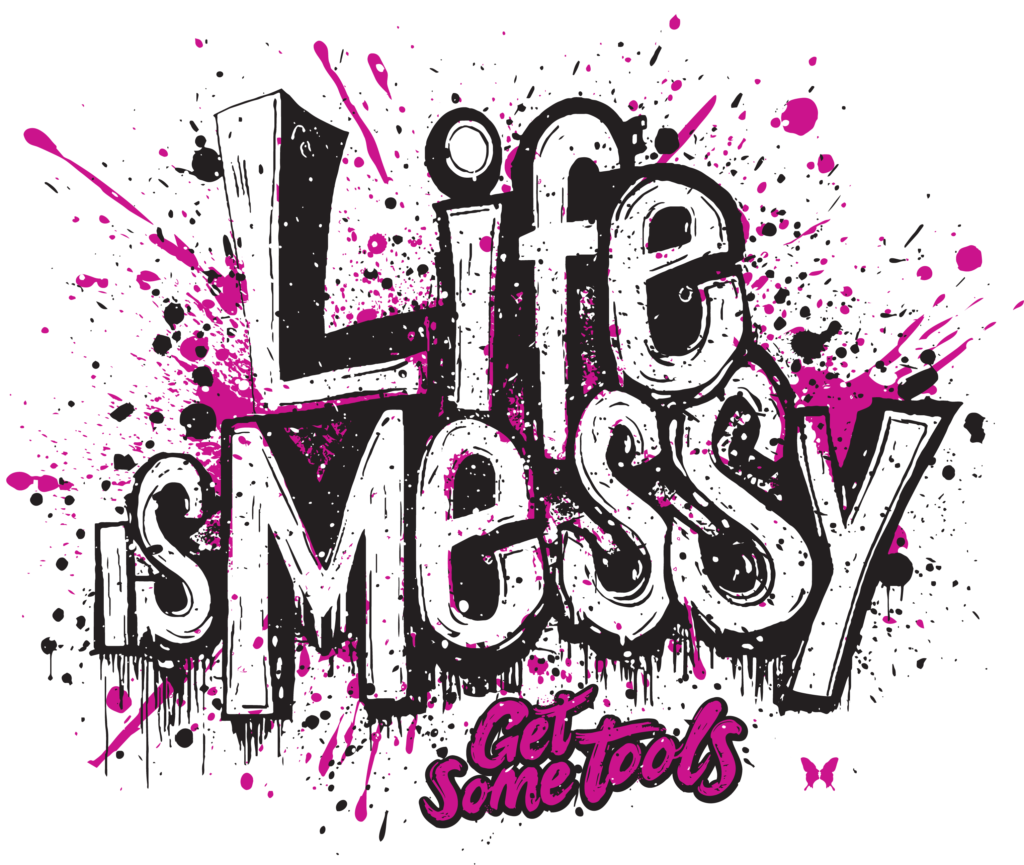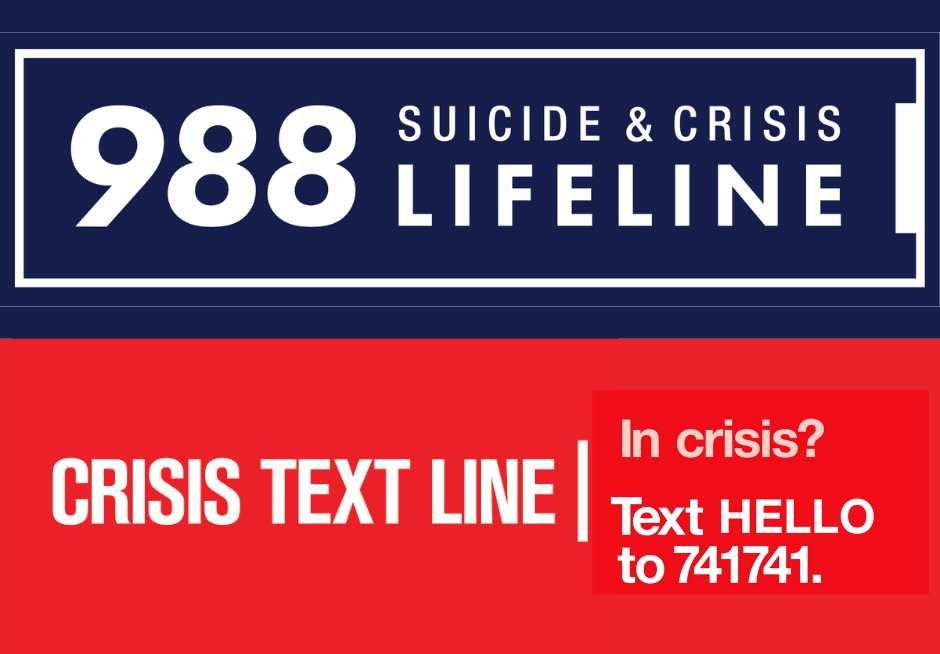
Whether you have experienced a crisis, or someone you know has experienced a crisis... learning the tools to prevent suicide can save your life, your friend's life, or someone in your family’s life.
We all need to learn about making plans for how to respond in a crisis, and we all need to learn the tools that help during a crisis. Craig Bryan, researcher and Doctor of Psychology, explains the importance of giving everyone the tools for handling a mental health crisis by comparing them to seatbelts:
Deaths in car accidents were alarmingly high before people were wearing seatbelts. When everyone started always wearing seatbelts in a car - not just when they thought they might be in an accident - deaths in car accidents decreased significantly. Everyone should have a plan, and tools to use - just like we all wear seatbelts. We all go through crises in life; these tools are necessary and useful for everyone.
It is not about being strong. It's about having The Tools.
No matter how strong you are, if you need to remove a screw from a board you need the screwdriver! We want to make sure that everyone has a tool... that everyone wears a seatbelt.
We should do this to help ourselves, and we should do this to help our loved ones, our friends, our family, our community members. Life is messy, get some tools! The following are great tools: TIPP; CRP; Reasons for Living.
1. TIPP:
TIPP is a tool to use when you feel like you are in distress, overwhelmed, or might be approaching a melt down and spinning out of control. TIPP stands for: Temperature, Intense exercise, Paced breathing, and Progressive Muscle Relaxation
These activities are meant to shift your emotional state and reduce stress. After 1 or more of the TIPP skills are performed to help bring the person out of the intensity of distress, it MUST be followed up by another skill to help solve the current crisis. This could look like pulling out their safety plan and using it, using an emotion regulation skill, calling a friend, calling 988, etc.
Temperature: a rapid change in temperature which activates the diving reflex.
- Dip your face in cold water (no less than 50 degrees), and hold your breath.
- Try to hold it there for 30 to 60 seconds.
- ** Do not attempt this TIPP step if you have cardiac problems.
Intense exercise
- Try to raise your heart rate for 20 minutes by participating in exercise, such as dancing, jogging, jumping jacks, jump rope, and marching in place.
- The activity should raise your heart rate to 70% of its capacity
- ** Aerobic exercise is different for each person, so listen to your body and do not over do it.
Paced breathing
- Try to slow your breathing down to 5 or 6 breaths per minute.
- Square breathing is one way to do this.
Progressive muscle relaxation:
- PMR is a two-step relaxation practice to reduce stress and build awareness of sensations of tension and deep relaxation in various muscle groups
- See this video for instructions!
- Go through each muscle group in the body, and tense then relax each one.
- As you relax a muscle group, repeat to yourself, “relax.”
2. Crisis Response Plan (CRP)
When we are in distress, it is sometimes hard to think of helpful things to do.
CRP is a tool to help you remember how to respond effectively to stressful situations.
- In your CRP, you describe warning signs that you may be experiencing a crisis
- Write down ways to reduce the stress and/or distract yourself from the stress. Focus on reasons for living!
- Reach out to identified friends, family members or professional resources.
- Here is a link with drop down menus to give you a good start: https://www.mysafetyplan.org/plan/my-warning-signs/
3. Reasons for Living Card
Focusing attention on positive life activities and events helps to develop strong meaningful ties that are an effective counter balance to negative situations and feelings of hopelessness.
Have you noticed during stressful situations it is hard to remember good memories and to think about positive things in life?
- Write down your positive thoughts, plans, people you love and moments you treasure and look forward to. Try to write down 5 or more.
- Share your reasons for living with your friends or family.
- Describe the people, times and moments you wrote down. Think about why they are important to you and why they bring you joy.
- Look at what you wrote daily, and especially when you have difficult times to go through.

